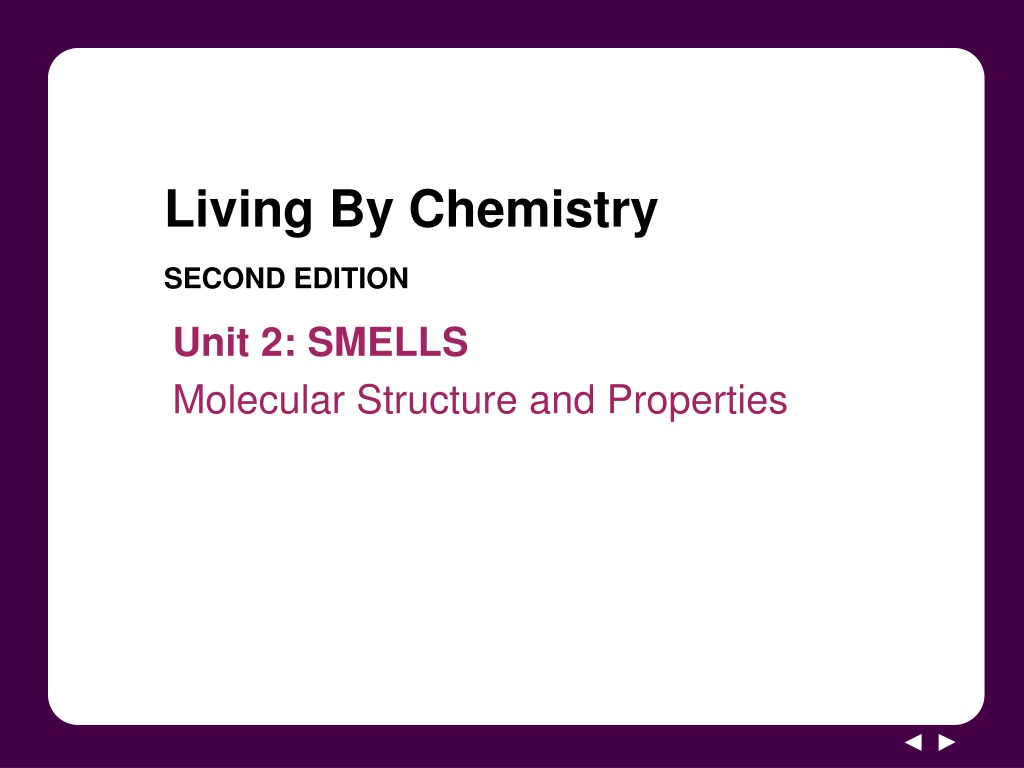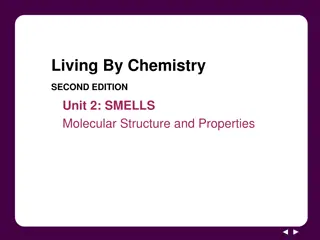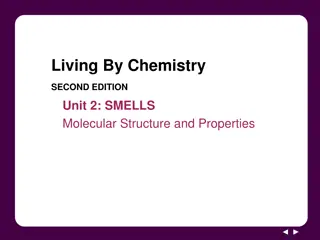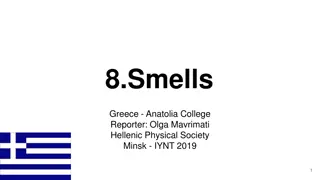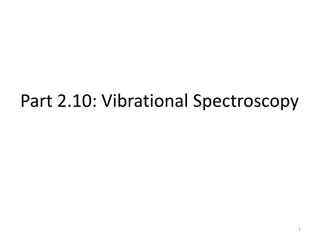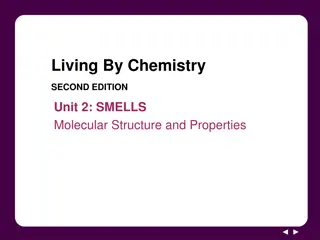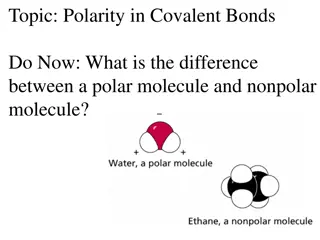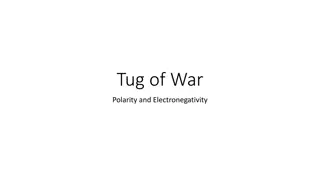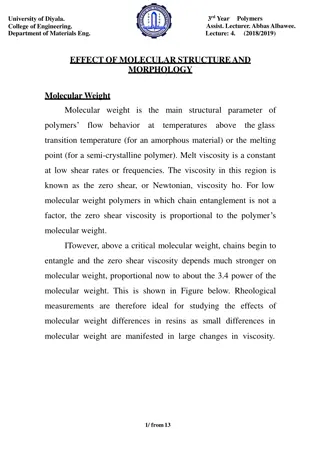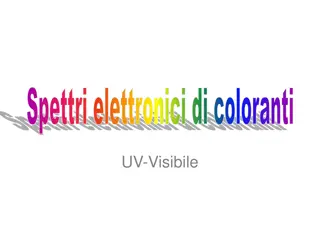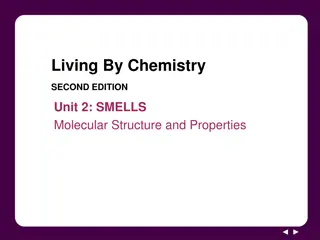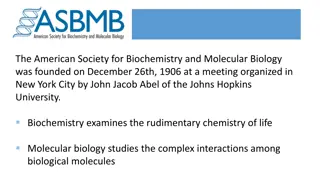Understanding Smells Through Molecular Structure: A Lesson in Polarity
Delve into the realm of molecular structure and properties to explore the intriguing link between polarity and smell. Discover why some compounds like hydrogen chloride and ammonia have distinct scents, while others like oxygen and methane remain odorless. Uncover the role of polarity in determining a molecule's smell and its solubility in water. Get ready to assess symmetry, understand partial charges, and connect the dots between chemistry and olfaction in this engaging lesson.
Download Presentation

Please find below an Image/Link to download the presentation.
The content on the website is provided AS IS for your information and personal use only. It may not be sold, licensed, or shared on other websites without obtaining consent from the author. Download presentation by click this link. If you encounter any issues during the download, it is possible that the publisher has removed the file from their server.
E N D
Presentation Transcript
Living By Chemistry SECOND EDITION Unit 2: SMELLS Molecular Structure and Properties
Lesson 45: I Can Relate Polar Molecules and Smell
ChemCatalyst Hydrogen chloride, HCl, and ammonia, NH3, have a smell, and large amounts of each dissolve in water. Oxygen, O2, nitrogen, N2, and methane, CH4, do not have a smell, and only a small amount of each dissolves in water. How can you explain these differences?
Key Question What does polarity have to do with smell?
You will be able to: assess a molecule for symmetry and determine whether it is likely to be polar use electronegativity values to locate the partial negative and partial positive portions of a molecule explain the connection between polarity and smell
Prepare for the Activity Work in pairs.
Discussion Notes Polarity of diatomic molecules is fairly easy to determine.
Discussion Notes (cont.) Both electronegativity and the overall symmetry of the molecules help determine the polarity of molecules with more than two atoms.
Discussion Notes (cont.) Small nonpolar molecules do not have a smell. Tetrafluoromethane is symmetrical and nonpolar.
Discussion Notes (cont.) If the overall shape of a molecule is asymmetrical and the molecule is made from more than one kind of atom, chances are it is a polar molecule. Chlorotriflouromethane is polar because of the chlorine atom on one side.
Discussion Notes (cont.) Inside the nose is a watery mucous lining. The intermolecular attractions of polar molecules cause them to dissolve easily in water.
Discussion Notes (cont.) Molecules need to be attracted to receptor sites in order to be detected. The small molecules that constitute our air do not have a smell.
Wrap Up What does polarity have to do with smell? Differences in electronegativity values can be used to determine the direction of polarity of an entire molecule. (In other words, you can determine which part of the molecule has a partial negative charge and which part has a positive partial charge.) Molecules that are asymmetrical in shape and composition are usually polar and usually smell.
Wrap Up (cont.) Small polar molecules have a smell. Small nonpolar molecules do not have a smell. Polar molecules dissolve easily in other polar molecules. Nonpolar molecules do not dissolve easily in polar molecules.
Check-In Is hydrogen cyanide, HCN, a polar molecule? Will it smell? Why or why not?
